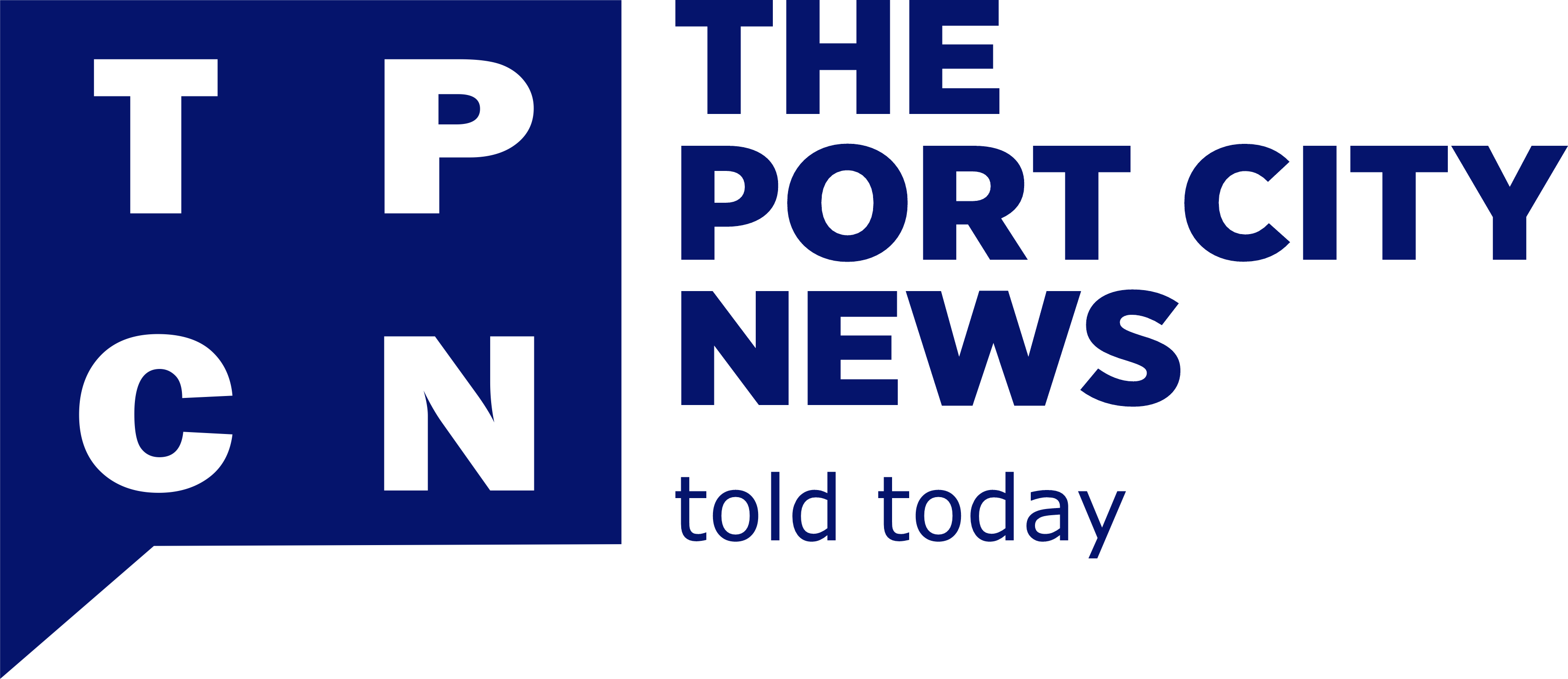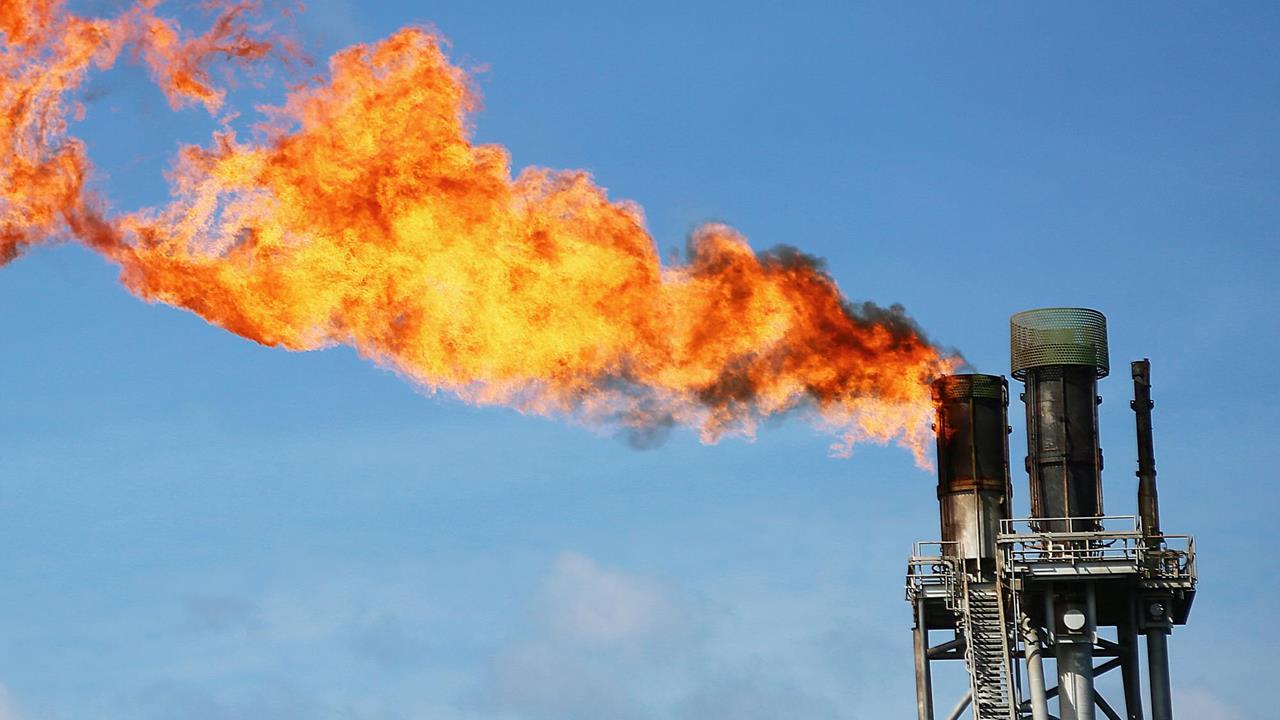The Group Managing Director, Nigeria National Petroleum Corporation, NNPC, Dr. Maikanti Baru revealed this while discussing the tripod strategy on how the state-owned company is tackling gas flaring in the oil sector.
In a paper at the just-concluded 50th Offshore Technology Conference, OTC, in Houston, Texas, United States, titled “Nigeria’s Gas Flare Commercialisation, Prospects & Opportunities”, Baru said gas flaring has reduced significantly from 25% to 10% in the last decade, as NNPC aims at ending the menace by 2020.
He explained NNPC’s strategies in this regard, saying the strategies would bring a solution to the nagging flaring and that NNPC intended to convert the processes into another revenue earner for the country.
According to him, the three-point strategy being adopted by the NNPC include ensuring non-submission of Field Development Plans, FDPs, to the Department Petroleum Resources, DPR, which, he said, will be achieved with a viable and executable gas utilisation plan, aimed at ensuring that no new gas flare occurs in current and future projects.
The other two strategies, according to him, are steady reduction of existing flares through a combination of targeted policy interventions in the Gas Master-plan as well as the re-invigoration of the flare penalty through the 2016 Nigeria Gas Flare Commercialisation Programme, NGFCP, and through legislation, that is, ban on gas flaring via the recent Flare Gas (Prevention of Waste and Pollution) Regulations 2018.
This achievement, Baru said, would not only see Nigeria dropping from being the second highest gas flaring nation in the world to the seventh, adding that it would also signify a major milestone in gas commercialization prospects.
“Total flares have significantly reduced to current levels of about 800mmscfd and in the next 1-2 years we would have completely ensured zero routine flares from all the gas producers,” he stated.
According to him, NNPC has embarked on the most aggressive expansion of the gas infrastructure network aimed at creating access to the market.
“Today, we have completed and commissioned almost 600km of new gas pipelines thereby connecting all existing power plants to permanent gas supply pipeline. We are also currently completing the construction of the strategic 127km Obiafu-Obrikom-Oben gas pipeline – “OB 3” connecting the Eastern supply to the Western demand centers,” he added.
Baru further noted that aside looping Escravos-Lagos Pipeline System (ELPS 2) gas pipeline projects to increase gas volume capacity to at least 2Bcf/day, the corporation has recently signed the contracts to kick off the 614km Ajaokuta-Kaduna-Kano (AKK) pipeline project, which on completion, would deliver gas to the ongoing power plants in the areas and revive the manufacturing industries in the northern part of the country.
He assured that there was evidence that the interventions undertaken by the corporation were working as gas supply to the domestic market is growing at an encouraging rate, having tripled from 500mmcf/d in 2010 to about 1500mmcf/d currently.
Baru informed that the aggressive development of gas infrastructure (pipelines and processing plants) between supply sources and the market would also create a sustainable evacuation route for currently flared gas and other gas sources.
Meanwhile, experts have cautioned against undue optimism over the three-point strategy unfolded by the NNPC group managing director, insisting that challenges in the sector would ensure that the target remained a dream.
According to them, weak legislation and regulatory framework, as well as low incentives, are some of the challenges against the strategies.
The experts argued that Baru’s announcement was a mere political statement and should not have come from a person who understands how the industry operates and how Nigeria’s political landscape is.
Gas being flared basically comes from joint venture activities, in which the NNPC holds an interest in trust for the state.
President of the Nigerian Association for Energy Economics, NAEE, Prof. Wumi Iledare, said incentives and legislative backing, as well as infrastructure for ending gas flaring, are currently unavailable.
Indeed, since the country still looks forward to the PIGB coming into effect, and the uncertainties that may emerge as the country prepares for a major election, Iledare said 2030, which was earlier set could be more feasible.
“We have the policy; we have the commercial entities that have bought into it, and we have the National Assembly that is trying to pass a law to make sure that there are investments to harness gas for economic growth and development. But it is not possible in two years.
“If it takes years to get the bill together before they can even begin to prepare for the implementation, I think 2020 is just not realistic. Passing the bill that will make the incentives backed by the law may not come before the end of the year. How can you put together the equipment and the projects that will bring an end to gas flare within one year? The incentives have not started to work and there is no law backing the incentives. So, there must be an act before you can set policies in terms of taxes and royalties,” Iledare said.
Former President, Nigeria Association of Petroleum Explorationists, NAPE, and Chief Executive Officer, Degeconek (Nigeria) Limited, Abiodun Adesanya, corroborated Iledare’s views, adding that fines attached to gas flaring were not enough, thereby making it attractive to flare than the harness.
Flared gas recently rose from 244.84 billion Standard Cubic Feet, SCF, in 2016, to 287.59 billion SCF in 2017, while gas flare penalty stands at N10/Mscf (equivalent to $0.03).
Adesanya also insisted that DPR lacked the capacity to properly monitor the excesses of international oil companies, who continue to flare gas even though the activities have been outlawed in developed communities, where the companies are headquartered.
He urged the government to outsource monitoring of the excesses to local communities in the Niger Delta as a way of empowering the region and getting the people involved and educated on why strict monitoring is necessary.
If gas flaring must stop, Adesanya said, “Government has to be serious; agencies of government have to be committed and other stakeholders in the oil industry must be sincere.”
For the Chairman, International Energy Services, IES Ltd, Dr. Diran Fawibe, it would be commendable if an end is brought to flaring in two years, but oil production may have to stop as well.
Fawibe said: “I am not too optimistic that in two years we can end gas flaring. But if we are prepared to pay the price in terms of cost of infrastructure to monetize the gas, it will be a very welcome development. When you are not flaring and not monetizing gas, and you have to produce gas in association with oil, there lies the main problem. The problem we have had over time has been the infrastructure for gas.”
“Some of the fields where gas is flared in the Niger Delta are small and when you look at the price of laying gas pipeline, it is uneconomic. Some are also joint venture fields and if the NNPC is not contributing, the oil companies won’t feel obliged to pay NNPC’s share of the cost. This constitutes a major problem,” Fawibe added.
source:sweetcrude





One Response